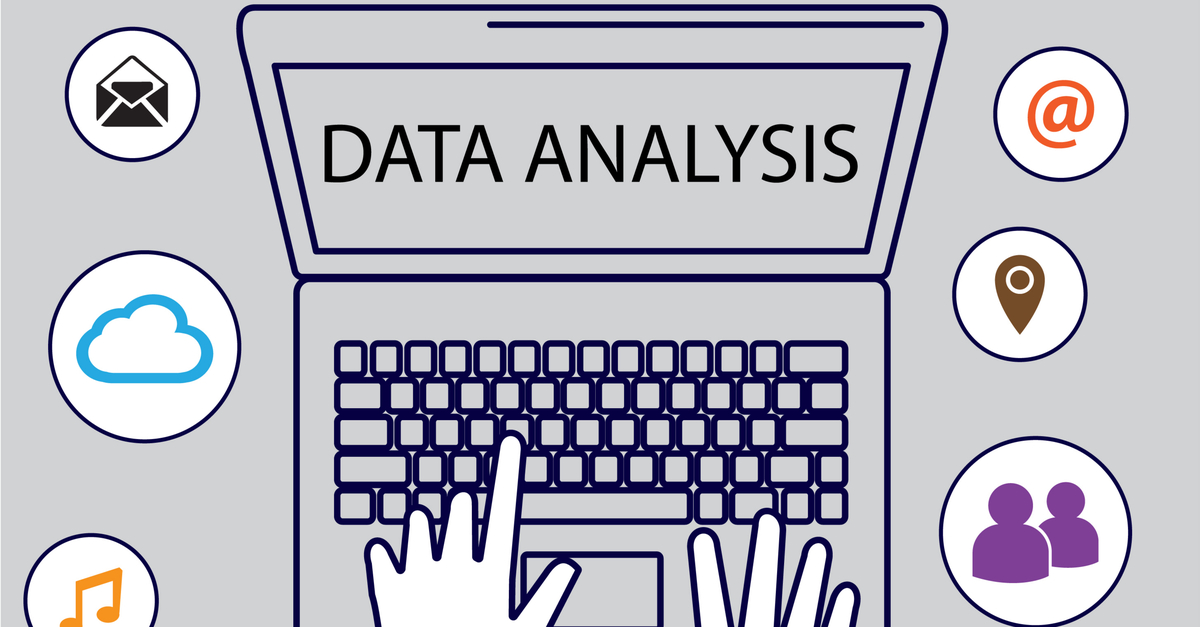Editor’s Note: The authors of this column work at DLA Piper and a consulting company.
By Barbara Taylor, Chief Marketing Officer for DLA Piper LLP (US), and Dave Kuhlman, Partner at Axiom Consulting Partners
As big data continues to revolutionize the way businesses operate, large law firms are increasingly realizing that they, too, possess massive amounts of data that they could use proactively — if they knew what to do with it. The question confronting many law firm leaders is how to extract meaningful professional and economic insights that will have a positive impact on firms and their clients.
Law firms have a great deal of potential to mine their own data and answer critical business questions by applying new analytic techniques that reveal relationships and patterns they never could have seen before.
The Challenge
In the legal world, we have traditionally relied on attorney instincts and experience, conventional wisdom, what clients tell us they want and some limited quantitative information on best practices and past successes. But however widely accepted these methods may be, they are subjective, with inherent flaws. Client satisfaction is driven by many factors, not all of which are clear and many of which are not even visible. Simply asking clients whether they are satisfied usually yields an overly simplistic answer. In addition, relying on the intuition of even the most successful attorneys pulls a firm’s marketing and client development efforts in multiple directions.
Some firms are trying to address this problem using data, but often in a scattershot way. That can lead to a host of perfectly reasonable but disjointed actions, resulting in doing too many things, in too many places, for too many people, using too many assumptions.
The Solution
Applying predictive analytics to a firm’s data and combining it with the experience and knowledge of lawyers, is one way that firms can overcome this challenge. Using this approach, firms can identify the patterns and actions that will have the greatest impact, and focus their efforts in those areas.
A predictive analytics approach applies sophisticated technology to the rich data that every firm already possesses. This process reveals powerful insights into client behavior that can enable firms to quickly identify, and implement, significant improvements in their client-engagement tactics. This allows firms to focus their marketing and business-development resources on a few specific, critical actions that are most likely to make a difference.
As an example, Axiom Consulting Partners and DLA Piper did this by working together to build a predictive model designed to objectively identify precisely what DLA Piper’s clients need and value. It enabled us to detect patterns in big data sets and accurately predict what actions we can take that will have the greatest impact in the future.
Read the rest of the article by Barbara Tayler over at Bloomberg Law.

